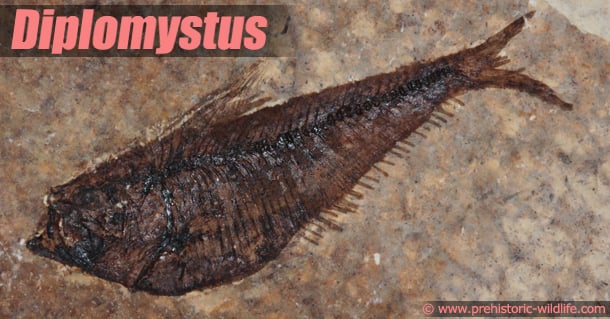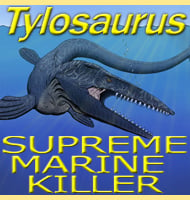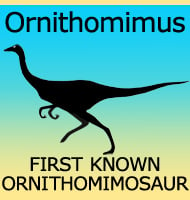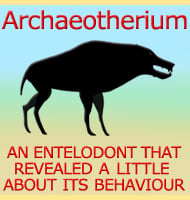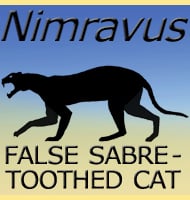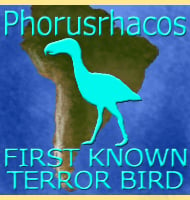In Depth
Diplomystus are thought to be related to modern day herring, and like them their strongly upturned mouths suggest that they fed in open water rather than feeding off the bottom. Although Diplomystus are known to have grown up to sixty-five centimetres long, fossils of Diplomystus are usually smaller with fossils even revealing the presence of Diplomystus fry.
Diplomystus are often found in association with other Eocene fish from the Green River Formation, particularly the genus Knightia. In fact fossil evidence suggests that Diplomystus preyed upon Knightia. Like Knightia, Diplomystus are quite common and are often found for sale on the fossil market.
Further Reading
– Early Cretaceous freshwater fishes from Northern Kyushu, Japan I. Description of two new species of the clupeid genus Diplomystus – T. Uyeno – 1979. – Early Cretaceous Freshwater Fishes From Japan and Korea – Yoshitaka Yabumoto, Seong-Young Yang & Tae-Wan Kim – 2006.
